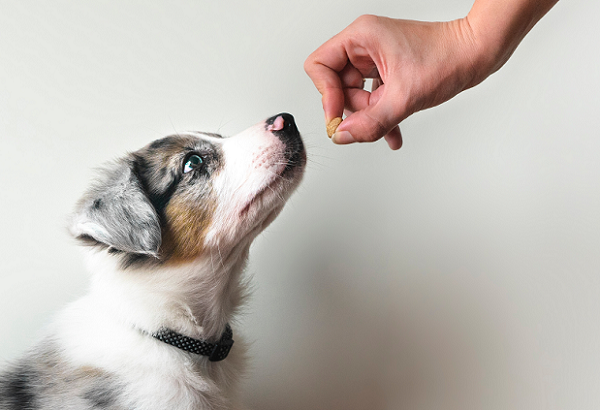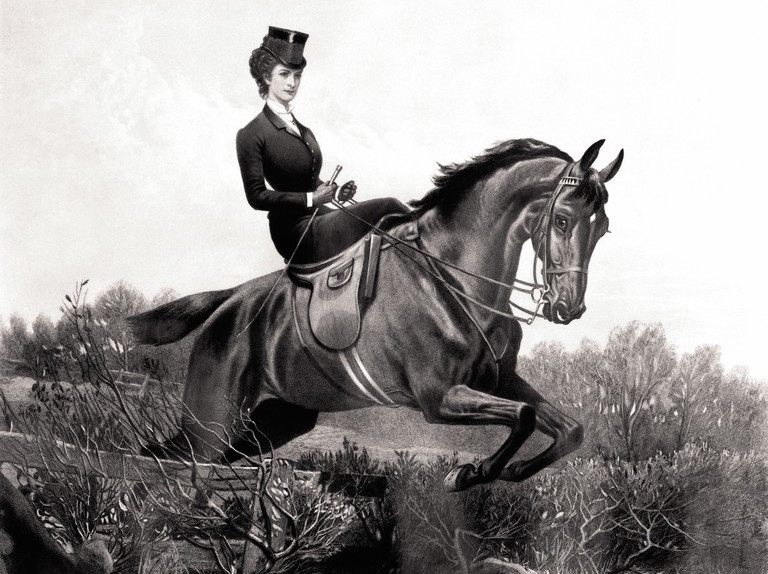A keratoma in a horse is a benign foot tumor growing from horn-producing cells near the coronet. Keratomas cause distortion of the hoof wall and can lead to lameness.
When identified, keratoma in horses requires treatment and monitoring to ensure the horse’s soundness and well-being. Farriers and veterinarians play crucial roles in diagnosing and managing keratomas, often involving surgical removal and post-operative care. Understanding the symptoms and potential complications of keratomas is essential for proper management and treatment.
By addressing keratomas promptly and correctly, horse owners can promote the long-term health and performance of their equine companions.
Causes And Diagnosis
Keratoma in horses is a condition that requires an understanding of both its causes and diagnosis to ensure proper treatment.
Causes Of Keratoma
- Keratoma is an uncommon benign hyperplasia of keratinocytes.
- The specific cause of keratoma in horses is currently unknown.
Diagnosing Keratoma In Horses
Diagnosing keratoma in horses involves a combination of physical examination and imaging techniques.
- Veterinarians may perform a hoof test to identify areas of tenderness or abnormality.
- X-rays and ultrasounds are commonly used to visualize the keratoma and assess its size and location.
- A hoof wall biopsy may be taken to confirm the presence of keratinized tissue within the hoof.

Treatment Options
Keratoma horse treatment options include surgical removal of the benign tumor, often done under general anesthesia, or the use of aluminum plates placed on the hoof for support and pain relief. Prognosis for soundness is generally good once the keratoma is removed.
Surgical Removal Of Keratoma
Keratoma in horses is often treated through surgical removal. During the procedure, the keratoma, a benign growth, is excised from the foot to alleviate symptoms and prevent complications.
- Ensure thorough examination and diagnostic imaging before proceeding with surgery.
- The surgeon will carefully remove the keratoma while preserving the surrounding tissues.
- Special care is taken to avoid damaging vital structures in the foot.
Post-operative Care And Prognosis
After the surgical intervention, post-operative care plays a crucial role in the horse’s recovery and long-term prognosis. Here are some essential points to consider:
- Strict adherence to the veterinarian’s instructions regarding bandaging, medication, and activity restrictions.
- Regular monitoring of the surgical site for signs of infection or other complications.
- Farrier evaluation and corrective shoeing may be necessary to support the foot during the healing process.
Prevention And Management
A keratoma is a type of benign tumor that grows inside the foot of a horse, originating from the horn-producing cells underneath the coronet and causing bulging and distortion of the wall. It’s crucial to take preventive measures to manage the hoof health effectively, minimizing the risk of keratoma development.
Preventive Measures For Keratoma
BoldRegular hoof maintenance and preventive care are essential to reduce the likelihood of keratoma development. It’s important to implement the following preventive measures:
- Regular hoof cleaning and inspection to detect any abnormalities early on.
- Ensuring a balanced diet and proper nutrition to support overall hoof health.
- Maintaining proper hygiene and cleanliness in the horse’s living environment to prevent bacterial and fungal infections.
Managing Hoof Health To Prevent Keratoma
BoldProactive management of hoof health is paramount in preventing keratoma in horses. This involves:
- Regularly scheduled visits from a professional farrier to trim and balance the hooves.
- Ensuring proper shoeing and addressing any imbalances or structural issues promptly.
- Providing adequate exercise and turnout to promote circulation and overall hoof health.

Case Studies And Success Stories
Understanding the journey of horses diagnosed with keratoma is crucial to gain insight into their recovery and long-term soundness. In this section, we will delve into real-life cases that showcase the challenges faced by these majestic animals and the success stories that offer hope to horse owners.
Real-life Cases Of Keratoma In Horses
Keratoma is a benign tumor that grows inside the foot, originating from the horn-producing cells usually beneath the coronet. The only indication of its presence may be an abnormality of the contour of the sole or wall noticed during routine farriery. In some cases, keratomas can cause bulging and distortion of the wall, visible externally.
One such remarkable case involved Toby, a horse residing in Austin, Texas, United States. Toby had a keratoma in his hoof that required surgical intervention. The operation to remove the keratoma was successfully performed, and Toby made a remarkable recovery under the care of the veterinarians at the World Horse Welfare. The diligent post-operative care and follow-up resulted in Toby’s long-term soundness.
Another noteworthy case involved a horse whose keratoma was successfully treated with the guidance of experienced farrier Travis Burns. The American Farriers Journal documented the various steps involved in managing the case, including the creation and placement of aluminum plates. The successful treatment highlighted the importance of collaboration between veterinarians and farriers in ensuring the horse’s soundness.
Recovery And Long-term Soundness
Being a benign growth, keratomas do not spread. Therefore, once a horse has recovered from this condition, the long-term prognosis for soundness is very good. Many horses return to their previous level of activity and performance after successful treatment.
It is essential to monitor the horse’s foot for any abnormalities during routine farriery and consult a veterinarian if any unusual signs are observed. Early detection and appropriate treatment significantly contribute to the success of managing keratoma cases and ensuring long-term soundness in horses.
Knowing the symptoms and seeking immediate professional help allows for timely intervention, minimizing any potential discomfort and long-term effects on the horse’s well-being.

Frequently Asked Questions For Keratoma Horse
What Is A Keratoma In A Horse?
A keratoma in a horse is a benign tumor made of keratin that grows inside the foot. It originates from the horn-producing cells and can cause bulging and distortion of the wall. Once recovered, the long-term prognosis for soundness is usually good.
Can A Horse Live With A Keratoma?
A horse can live with a keratoma as it is a benign growth that does not spread, providing good long-term soundness.
What Is The Prognosis For A Horse With A Keratoma?
A horse with a keratoma has a good long-term prognosis for soundness due to its benign nature.
What Are The Symptoms Of Keratoma?
Keratoma symptoms in horses include abnormal sole or wall contours, bulging and distortion of the hoof wall.
Conclusion
Understanding keratoma in horses is crucial for their well-being. The prognosis for a horse with a keratoma is generally positive, and with proper treatment, they can live comfortably. Recognizing the symptoms and seeking the right treatment is key to maintaining a horse’s soundness and overall health.

